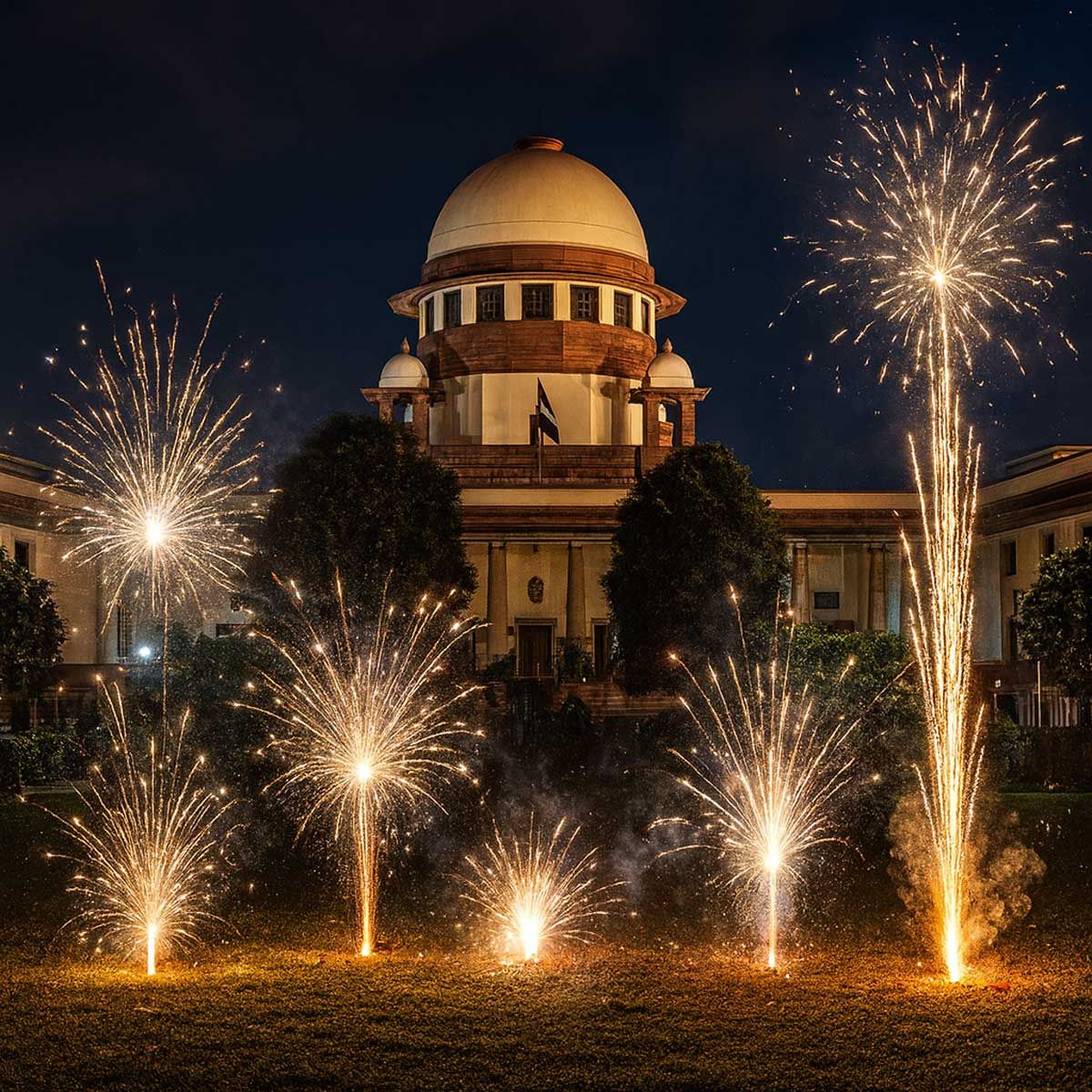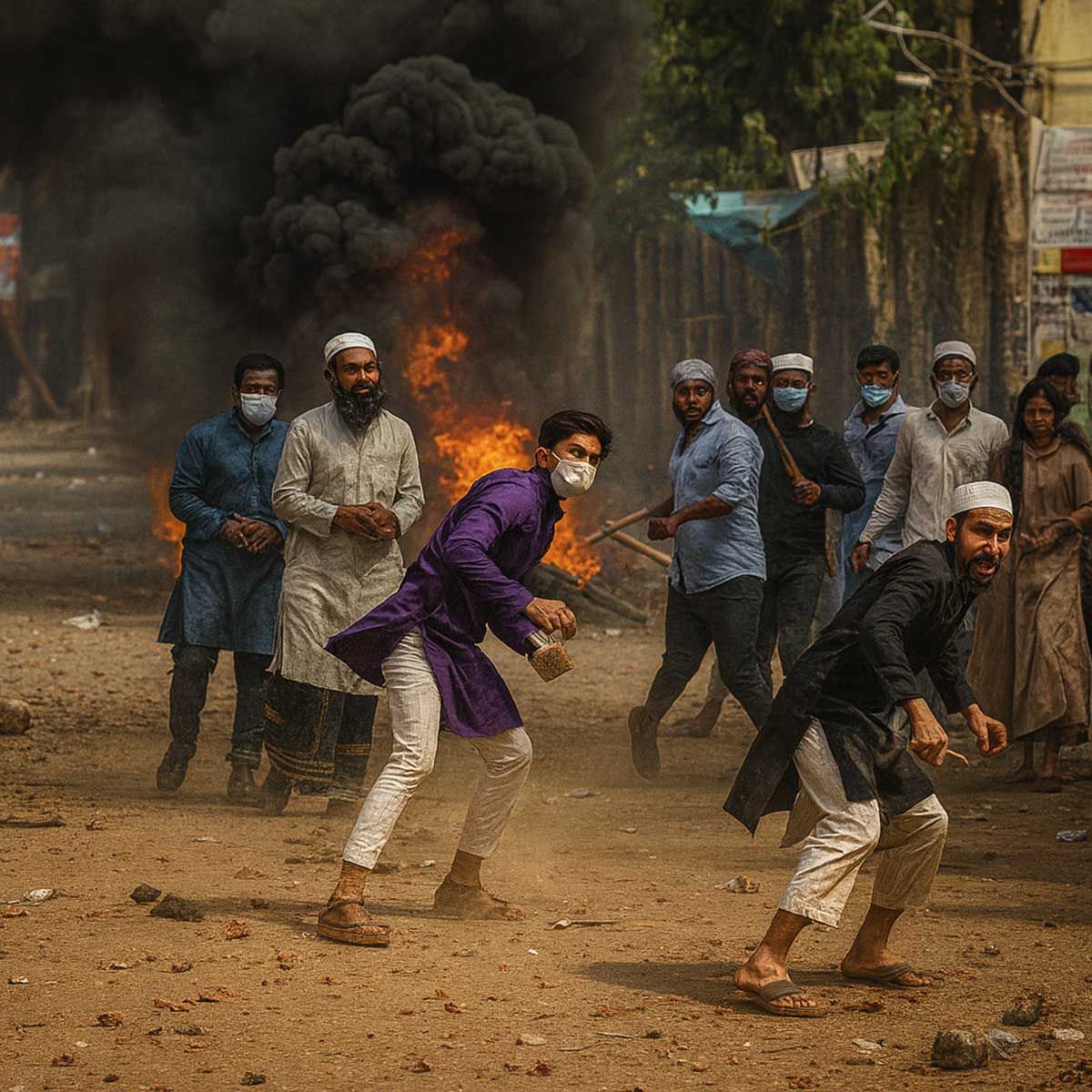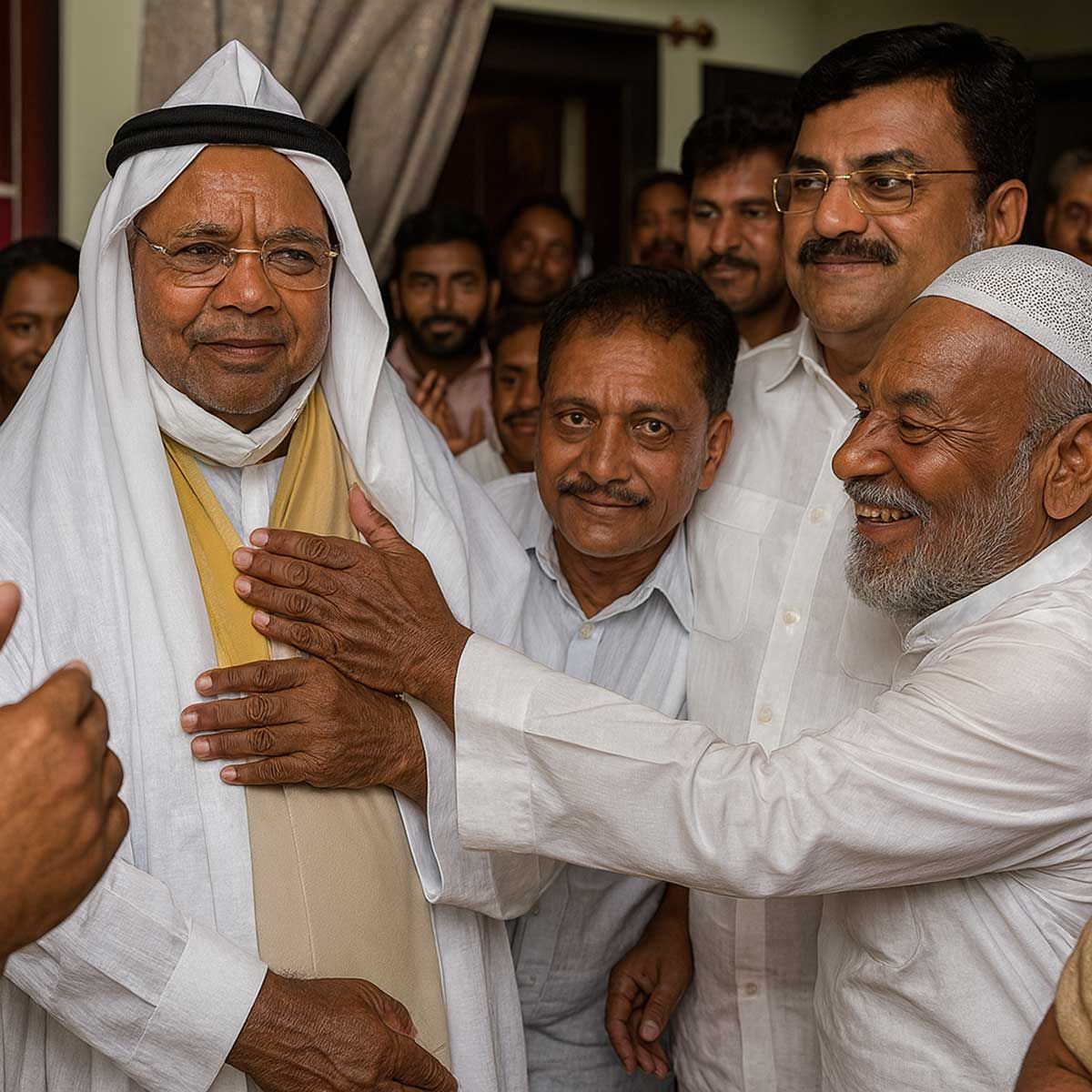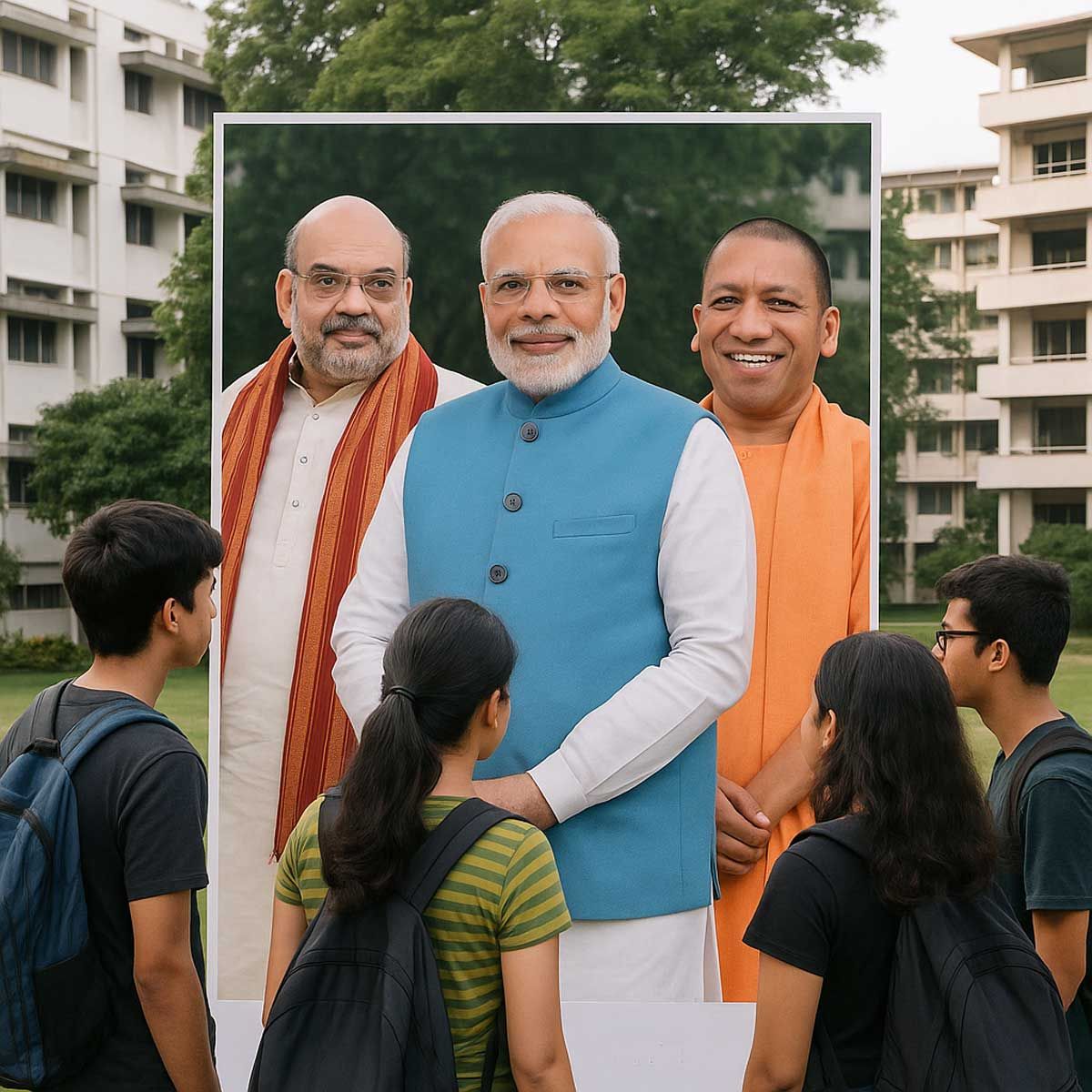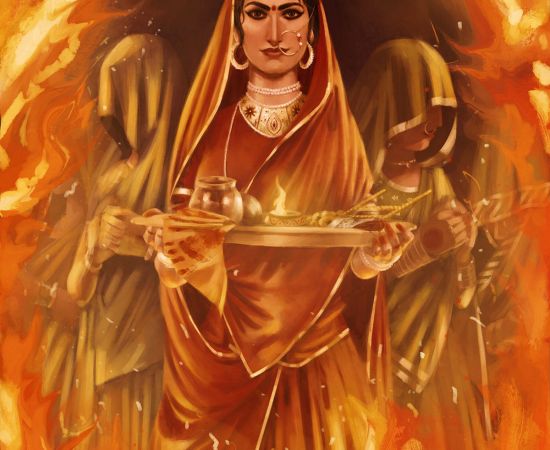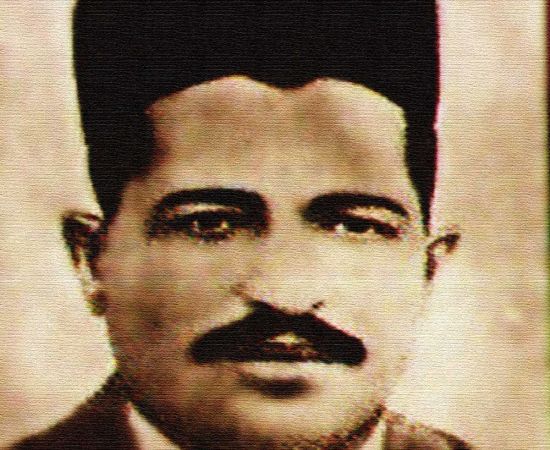More Coverage
Twitter Coverage
Satyaagrah
Written on
Satyaagrah
Written on
Satyaagrah
Written on
Satyaagrah
Written on
Satyaagrah
Written on
JOIN SATYAAGRAH SOCIAL MEDIA
In a decisive blow to Maoist insurgency, Indian forces killed upto 30 Naxals, including Basavaraj—CPI (Maoist) chief with a ₹1.5 cr bounty—in Chhattisgarh’s Abujhmad under Operation Kagar, marking a turning point in the mission to end Naxalism by Mar 2026
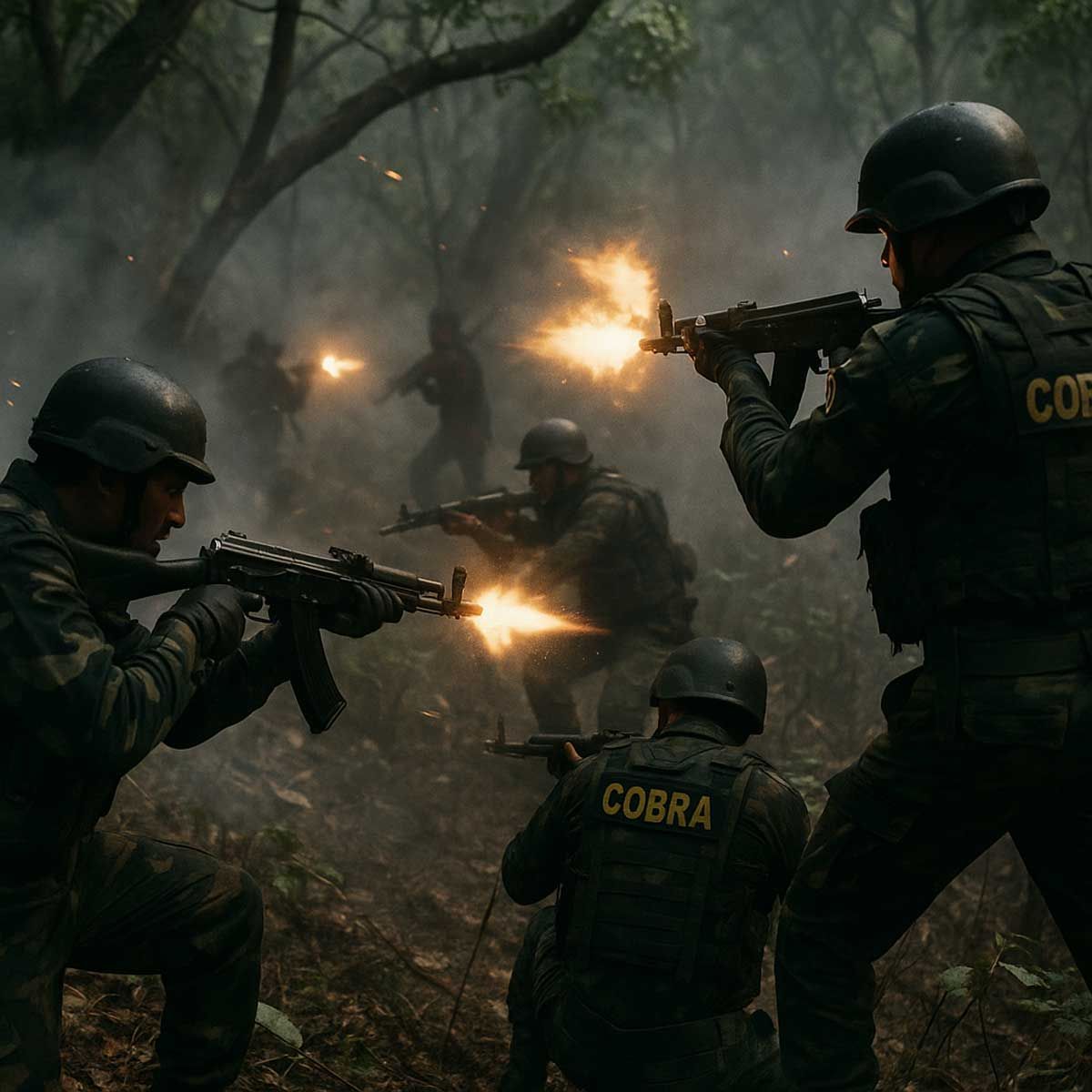
On Wednesday, May 21, 2025, at 03:01 PM IST, a significant anti-Naxal operation unfolded in the dense forests of Abujhmad, located in Chhattisgarh. This region, notorious for being a long-time stronghold of the Maoist insurgency, witnessed a powerful counter-insurgency move by Indian security forces. The outcome of this operation was a major blow to Maoist forces, as reports confirmed the killing of 26 to 30 Naxalites, including one of their most senior leaders, Nambala Keshavrao, also known by the alias Basavaraj.
This operation was a key part of the larger Operation Kagar, a continuing effort by the Indian government aimed at suppressing and eventually eliminating Maoist activity in high-risk zones. The Abujhmad region, especially the areas between Narayanpur and Bijapur districts, has remained a center of Maoist activity for years. With rugged terrain and thick forest cover, it has provided shelter and strategic advantage to Naxalite groups.
The Naxalite-Maoist insurgency, which has spanned several decades, is an ongoing battle between the Indian government and armed left-wing extremist groups. It remains active across multiple states but has seen particularly heavy engagement in Chhattisgarh. The government's campaign against these groups has intensified in recent years, especially after Union Home Minister Amit Shah set a firm deadline of March 31, 2026, for the complete elimination of Naxalism from Indian soil.
The Abujhmad operation comes in the wake of multiple encounters in the same month. Notably, 15 Naxalites were killed just two weeks earlier in Bijapur, and another 31 were neutralized in the Karreguttalu Hills earlier in May. These successive operations indicate a well-planned and systematic push to target and remove the top Maoist leadership, cutting off the group’s organizational structure and control.
|
Chronological Sequence of Events
Intelligence Inputs Received:
Before launching the operation, security forces received credible intelligence about the presence of senior Maoist leaders, including Basavaraj himself, in the Abujhmad area. This area is a dense forest region between Narayanpur and Bijapur districts, situated near Maad and bordering the Indravati National Park. The information was considered reliable enough to prompt immediate action, setting the stage for a high-risk mission in one of the most hostile terrains in the region.Launch of Operation Kagar:
In the early hours of Wednesday morning, Operation Kagar was initiated. This mission brought together a joint team made up of the District Reserve Guard (DRG) from Narayanpur, Bijapur, Dantewada, and Kondagaon districts. They were joined by elite COBRA commandos, trained for guerrilla warfare and jungle combat. This operation wasn't a standalone effort. It followed previous phases conducted in Karreguttalu Hills and Abujhmad forests, as part of a broader, multi-phase strategy to sweep through and dismantle entrenched Maoist bases.Ambush and Exchange of Fire:
As the forces advanced into the Botera area of Abujhmad, they were ambushed by Maoist cadres, who initiated a heavy exchange of fire. The gunfight, which reportedly started in the morning, escalated quickly and grew intense, with ongoing reports of continued firing around the tri-junction of Dantewada, Narayanpur, and Bijapur. The location was a high-risk zone, known for previous Maoist engagements, making the ambush a brutal and drawn-out confrontation.Casualties Reported:
Initial reports suggested that 26 Naxalites were killed during the gunfight. Later updates, as cited by India Today and a social media post by Megh Updates, indicated the number could be as high as 30. Bhaskar English confirmed that at least 20 bodies were recovered from the scene. Among the dead were Basavaraj, the most senior figure in the Maoist organization; Madhu, a leader within the Dandakaranya Special Zonal Committee; and Naveen, associated with the Maoists’ propaganda wing, Jung. The battle also claimed the life of a local police supporter, and one jawan sustained injuries. However, the jawan's condition was reported to be stable, a small relief in an otherwise violent encounter.Ongoing Operations:
Despite the major blow dealt to the Maoists, the operation is still underway. Combing operations continue across the forested region as security forces aim to decapitate the Maoist leadership and reclaim full control of insurgent-dominated territory. Officials believe that further casualties may still occur, given the dynamic and ongoing nature of this combat operation. Security forces remain on high alert, moving cautiously through the terrain to root out any remaining elements of Maoist resistance.
|
Background: Rising Tensions in Chhattisgarh's Abujhmad
The roots of this operation stretch back months, reflecting an escalating wave of violence and counteraction in the dense jungles of Chhattisgarh, particularly in the Abujhmad region. A string of deadly encounters and attacks has created an environment of constant tension, pushing the state to ramp up its anti-Naxal strategies.
October 2024 – 2024 Abujhmarh clash:
In one of the deadliest confrontations in recent memory, over 31–38 Maoists were eliminated by security forces during a violent clash in the forests of Abujhmad. This was not just another encounter—it stood out for the sheer scale of Maoist losses and marked a major blow to the group’s operational strength in the area.February 9, 2025 – Bijapur clash:
A carefully executed ambush by the District Reserve Guard (DRG) and Special Task Force (STF) teams led to a lethal assault on a Maoist camp located within the Indravati National Park. The operation was a success in military terms, as at least 31 insurgents were killed, but it came at a cost—two casualties were reported on the side of the security forces.January 6, 2025 – Bijapur Naxal attack:
The Maoists retaliated with brutal force when they detonated a massive IED, leading to the tragic deaths of nine people—eight security personnel and one civilian. This deadly explosion shook the region and intensified the call for more aggressive and proactive government action against the insurgents.
These events highlighted how volatile and dangerous the situation had become in Chhattisgarh’s Maoist-affected zones. They also laid the groundwork for the larger and more structured operations that followed.
Operation Black Forest (a.k.a Operation Kagar)
In response to the sustained Maoist aggression and with growing public demand for safety and resolution, the government launched a massive offensive.
April 21 – May 11, 2025:
The government initiated Operation Black Forest, also known as Operation Kagar, during this period. It was the largest-ever anti-Naxal offensive, stretching across the border between Chhattisgarh and Telangana. The campaign brought together multiple forces—Central Reserve Police Force (CRPF), Special Task Force (STF), and District Reserve Guard (DRG)—working in coordination to dismantle Maoist hideouts and dismantle their operational networks.May 14, 2025:
Following weeks of ground action, Home Minister Amit Shah confirmed the killing of 31 Maoists, some of them senior commanders. He referred to this achievement as a milestone in dismantling Naxal networks, reflecting the success of intelligence-led targeting and combined operational strength.May 15, 2025:
In recognition of the efforts, Chhattisgarh Chief Minister Vishnu Deo Sai visited Galgam, a key area involved in the operations. During his visit, he commended the security forces for their bravery and dedication. He also spoke of his vision to transform former conflict zones into centers of peace and development, reminding citizens of the government's plan to eliminate Maoism by March 2026.May 17, 2025:
CRPF Director General G.P. Singh described the success of Operation Black Forest as “the beginning of end of Left‑Wing extremism”—a powerful statement highlighting the significance of the operation and the belief that the end of the decades-long insurgency could be near.
Key Figures Involved
The operation not only marked a tactical success but also struck at the very heart of the Maoist leadership. The following key individuals were confirmed to be among the dead:
Basavaraj (Nambala Keshavrao): Serving as the General Secretary of the CPI (Maoist) and once heading its Central Military Commission, Basavaraj was an extremely influential figure. Originally from Vizianagaram, Andhra Pradesh, he had joined the Maoist movement during his student years through the Radical Students Union in Warangal. Over decades, he rose through the ranks and became one of the most wanted insurgents in the country. His death represents a massive blow to the organization, especially given that he carried a bounty reported as Rs 1 crore by India Today and Rs 1.5 crore by Bhaskar English. His role in the Maoist movement dated back to the 1970s, making him a symbolic and strategic leader.
Madhu: Another high-value casualty, Madhu was a top leader in the Dandakaranya Special Zonal Committee. His elimination seriously undermines the Maoists' command structure in the Dandakaranya region, a stronghold for the group for many years.
Naveen: Linked with the propaganda wing called Jung, Naveen was responsible for managing the Maoists’ ideological messaging and public communication. His death deals a setback to the group’s outreach and internal morale.
Casualties and Impact
The price of the encounter was not one-sided. Along with the losses suffered by the Maoists:
A local police supporter was killed, a reminder of the human cost borne by those aiding security efforts on the ground.
One jawan was injured, though his condition was later confirmed to be stable.
As for the enemy losses, the number of Naxalites killed ranges from 26 to 30, depending on different sources. Megh Updates on X mentioned that the count could increase as the operation continued. Bhaskar English earlier confirmed 20 bodies had been recovered, and the search for more was ongoing. This variation in figures highlights the fluid and unfolding nature of the mission.
This strike is part of a series of intensified anti-Naxal operations, and its success adds momentum to the government’s broader campaign. Just two weeks earlier, security forces had eliminated 15 Naxalites in Bijapur. Together, these back-to-back victories show a sustained military effort to crush the insurgency's leadership and dismantle their operational base.
The death of Basavaraj, a figure central to Maoist strategy and military planning, is especially important. Given his long-standing role in the Central Military Commission, his absence could severely affect the Maoists' ability to plan, coordinate, and execute future attacks.
Past operations, including the one where 31 Naxalites were killed in Kurraguttalu Hills, show a deliberate focus on targeting high-value figures in the Maoist hierarchy. This approach appears to be working, as it weakens their organizational spine while boosting the morale and confidence of the security forces.
According to Deputy CM Vijay Sharma, combing operations in Abujhmad are still active. The goal is to eliminate the remaining Maoist cadres and prevent regrouping efforts.
Government Perspective:
State leaders have hailed the operation as a turning point. Both Chief Minister Vishnu Deo Sai and Home Minister Amit Shah have called for continued pressure and the launch of development projects in formerly insurgent-held regions, reinforcing a two-pronged approach—security and reconstruction.
 Support Us
Support Us
Satyagraha was born from the heart of our land, with an undying aim to unveil the true essence of Bharat. It seeks to illuminate the hidden tales of our valiant freedom fighters and the rich chronicles that haven't yet sung their complete melody in the mainstream.
While platforms like NDTV and 'The Wire' effortlessly garner funds under the banner of safeguarding democracy, we at Satyagraha walk a different path. Our strength and resonance come from you. In this journey to weave a stronger Bharat, every little contribution amplifies our voice. Let's come together, contribute as you can, and champion the true spirit of our nation.
 |  |  |
| ICICI Bank of Satyaagrah | Razorpay Bank of Satyaagrah | PayPal Bank of Satyaagrah - For International Payments |
If all above doesn't work, then try the LINK below:
Please share the article on other platforms
DISCLAIMER: The author is solely responsible for the views expressed in this article. The author carries the responsibility for citing and/or licensing of images utilized within the text. The website also frequently uses non-commercial images for representational purposes only in line with the article. We are not responsible for the authenticity of such images. If some images have a copyright issue, we request the person/entity to contact us at This email address is being protected from spambots. You need JavaScript enabled to view it. and we will take the necessary actions to resolve the issue.
Related Articles
- "आखरी सांस": In a historic anti-Naxal operation near the Odisha-Chhattisgarh border, 16 Maoists, including Jairam alias Chalpati with a Rs 1 crore bounty, were killed, weapons like AK-47s seized, and security boosted, with leaders praising the forces
- "घर वापसी": In Chhattisgarh, 29 Naxals surrendered in Narayanpur citing development work, while in Sukma, 9 Naxals with a cumulative Rs 52 lakh bounty, including top cadres from deadly Minpa and Burkapal encounters, turned themselves in
- "हस्ती मिटती नहीं हमारी": In a landmark victory, security forces finally dismantled Permili Dalam, a notorious Naxalite faction (PLGA) that terrorized Maharashtra's Gadchiroli for 39 years, running a parallel govt & even poisoning food supplies of jawans
- "Respect Trampled On": On Maha Shivratri, over 100 fasting students at SAU, Delhi, bravely requested sattvic food, but SFI goons forcibly pushed non-veg into their mess, sparking a clash—ABVP stood firm for faith while SFI’s thuggery disrupted peace
- "Just outcome": In a gripping saga from Bilaspur, Chhattisgarh, Pankaj Upadhyay's brutal murder caught on CCTV lead to swift justice, arrests and the bulldozing of illegal constructions mark a determined fight against crime and urban encroachment
- A Biblical Verse Triggers ‘Vaccine Refusal’ By Ultraconservative Christian Groups In North East
- "Ballot Echoes Broken Hearts": Ishwar Sahu, a resilient laborer and father of a youth killed by a Muslim mob, defies odds to upend political veteran Ravindra Choubey in Chhattisgarh—triumphing against adversity, reshaping history by 5,196 votes

















